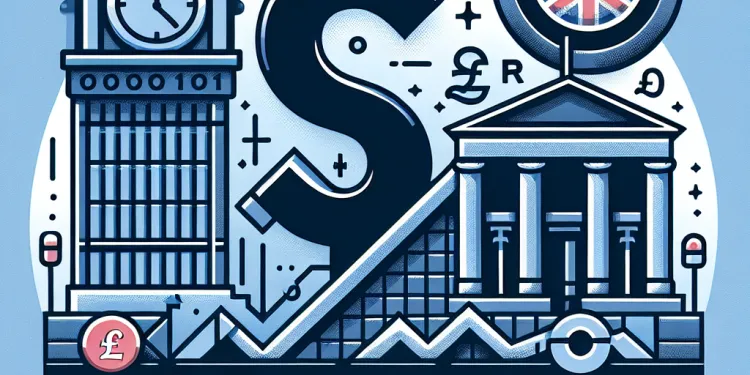
Find Help
More Items From Ergsy search
-
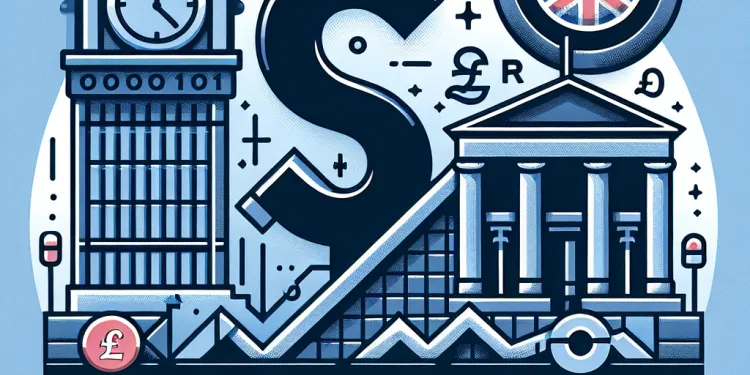
What is an SVR and how does it relate to interest rate changes?
Relevance: 100%
-
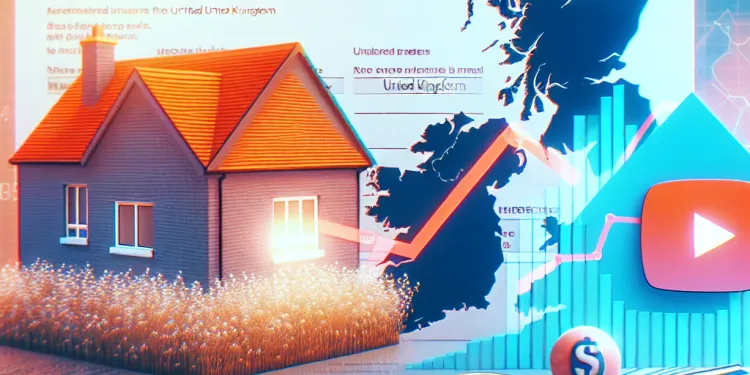
How do interest rate changes affect my mortgage payments?
Relevance: 66%
-

Will my fixed-rate mortgage payments change with interest rate fluctuations?
Relevance: 65%
-
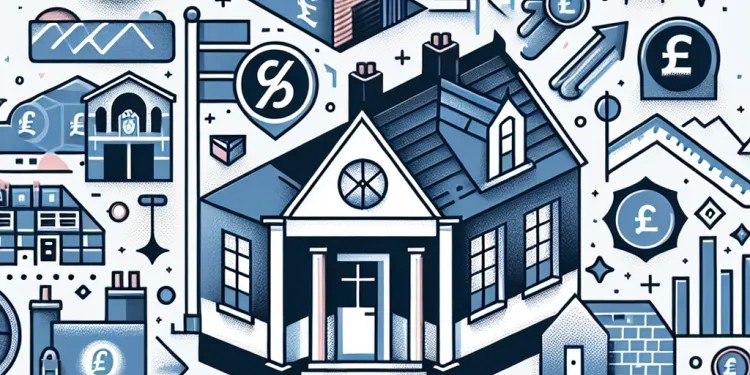
Can my lender change my interest rate without notification?
Relevance: 64%
-
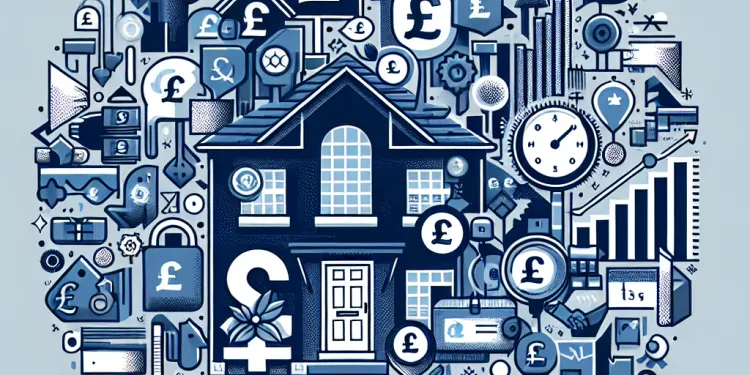
Are first-time buyers affected differently by interest rate changes?
Relevance: 56%
-
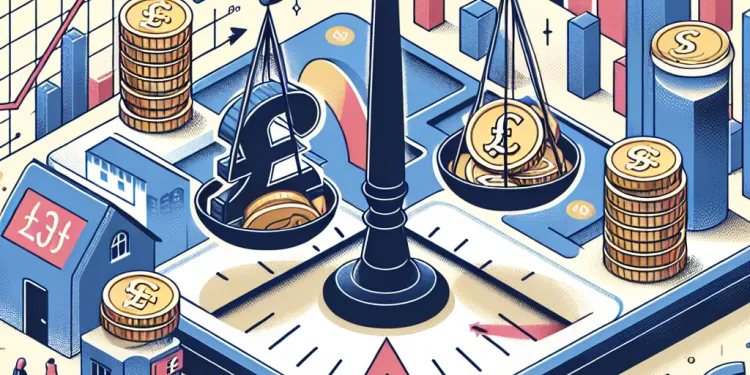
How do economic conditions influence interest rate changes?
Relevance: 56%
-
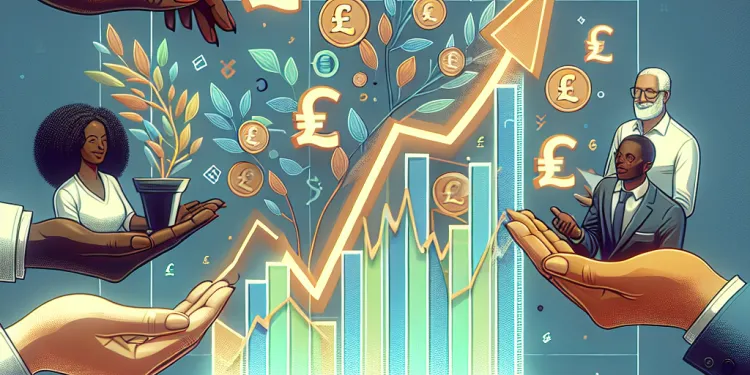
Major Banks Announce Changes in Interest Rates: Are You Affected?
Relevance: 55%
-

What happens to my monthly payments if interest rates rise?
Relevance: 55%
-
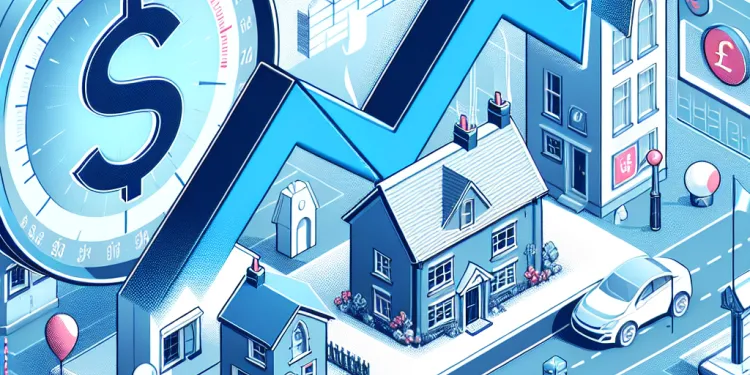
What is a tracker mortgage and how does it respond to interest rate changes?
Relevance: 51%
-

Why do interest rates rise and fall?
Relevance: 50%
-

How does interest rate affect my car finance agreement?
Relevance: 44%
-

How can I protect myself from rising interest rates?
Relevance: 43%
-
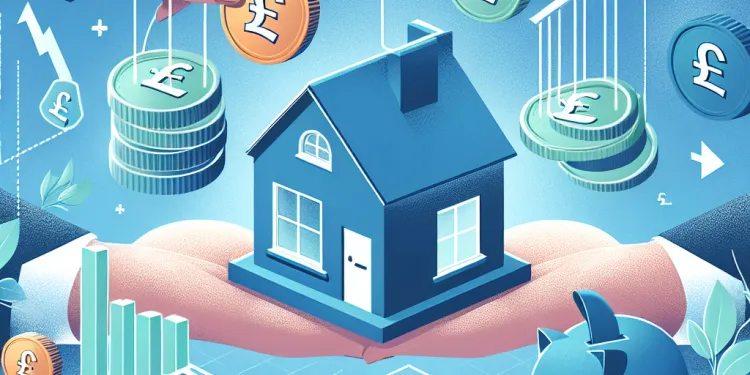
Is it possible to switch my mortgage type if interest rates become unfavourable?
Relevance: 42%
-

How often do interest rates change?
Relevance: 39%
-
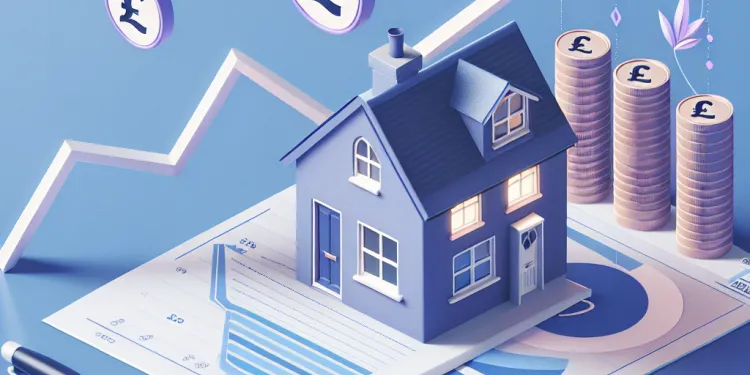
What should I do if I can't afford my mortgage payments due to rising interest rates?
Relevance: 38%
-
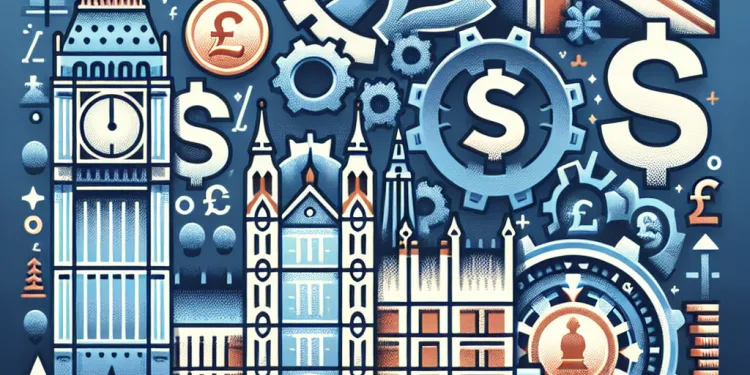
How often do wage rates change in the UK?
Relevance: 36%
-

Is there a change in National Insurance rates for 2026?
Relevance: 36%
-
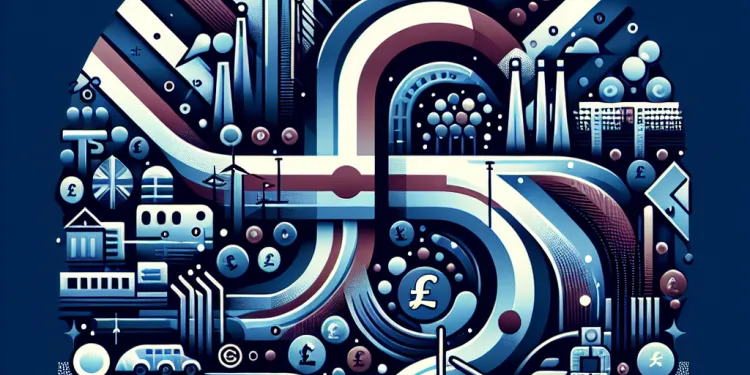
Will there be a change in the additional rate threshold in April 2026?
Relevance: 34%
-
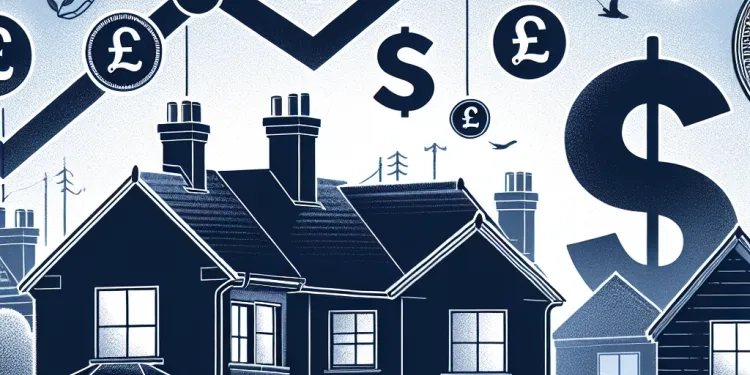
How do interest rate changes affect my mortgage balance?
Relevance: 33%
-
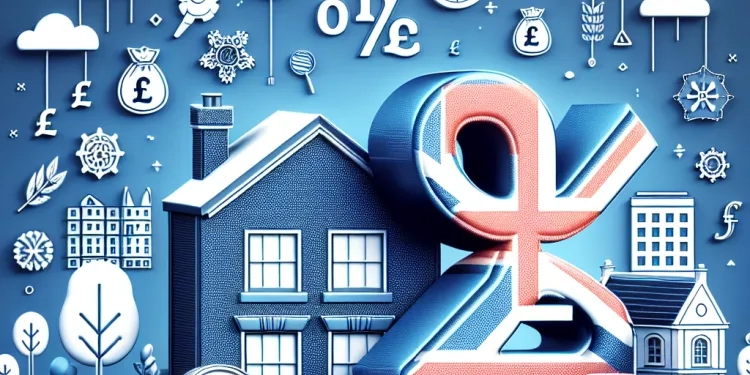
If I overpay on my mortgage, how will interest rate changes affect this?
Relevance: 33%
-
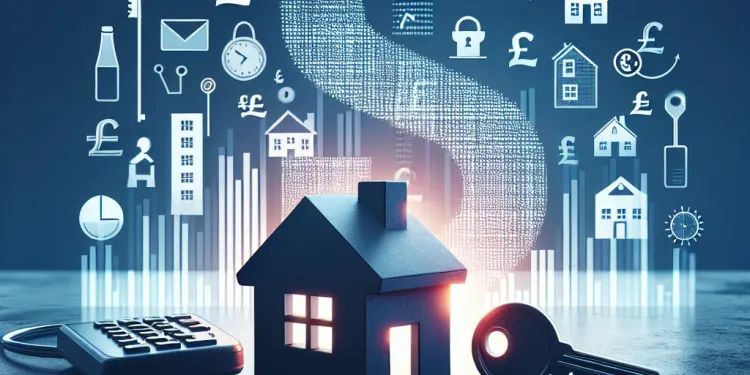
What is an 'interest only' mortgage?
Relevance: 30%
-

Are there implications for student loan repayments with 2026 changes?
Relevance: 28%
-
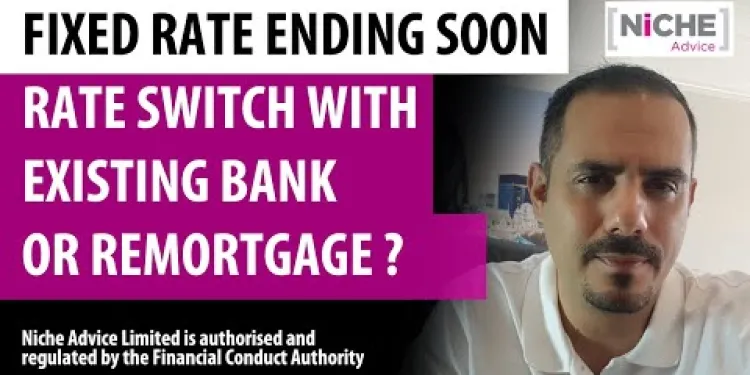
Product Transfer Rate Switch vs Remortgage What's Best
Relevance: 26%
-
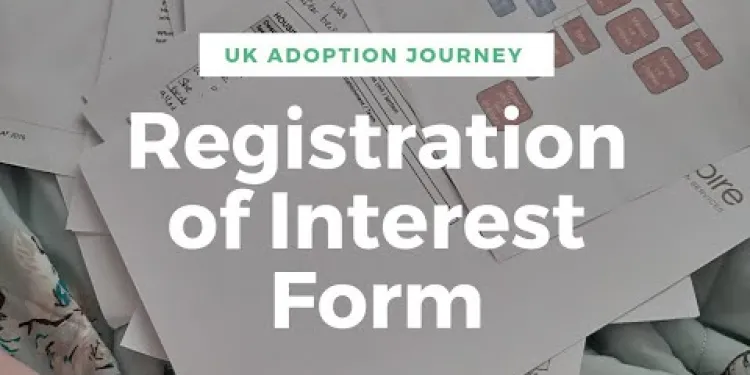
Registration of Interest Form | UK Adoption Journey
Relevance: 25%
-

Are there different rates of Stamp Duty in the UK?
Relevance: 25%
-

What is a realistic rate of return for an investment ISA?
Relevance: 25%
-

What are the success rates of Paillon treatment?
Relevance: 24%
-

Are there expected changes to capital gains tax in 2026?
Relevance: 24%
-
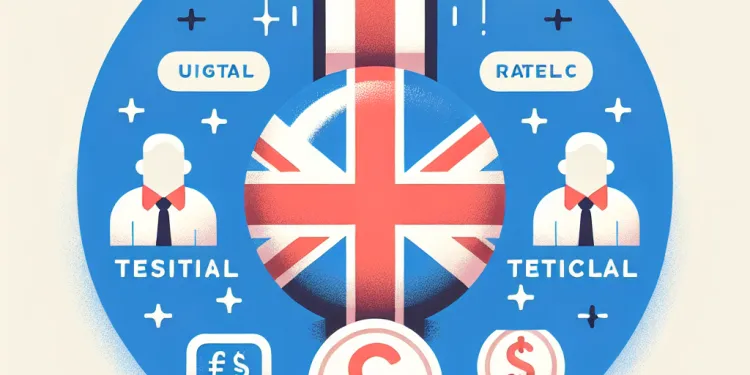
What is the survival rate for testicular cancer?
Relevance: 24%
-

Interest Rate Hike: Bank of England's Response to Persisting Inflation
Relevance: 23%
-

Do insurance rates increase for drivers over 70?
Relevance: 23%
-

What is the survival rate for bowel cancer?
Relevance: 22%
-

What is the mortality rate of Nipah Virus infection?
Relevance: 22%
-
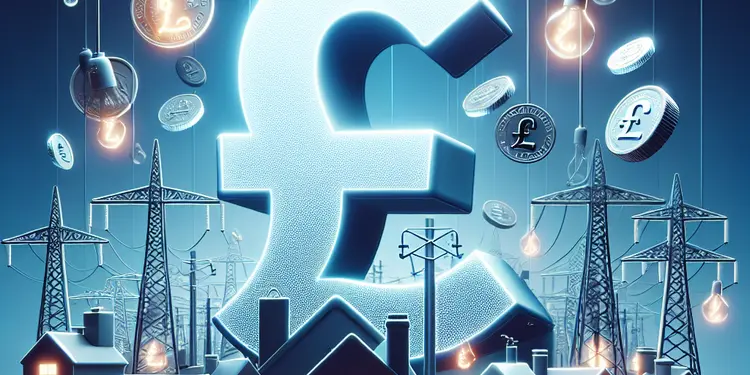
Why do energy companies charge different rates for their electricity?
Relevance: 21%
-
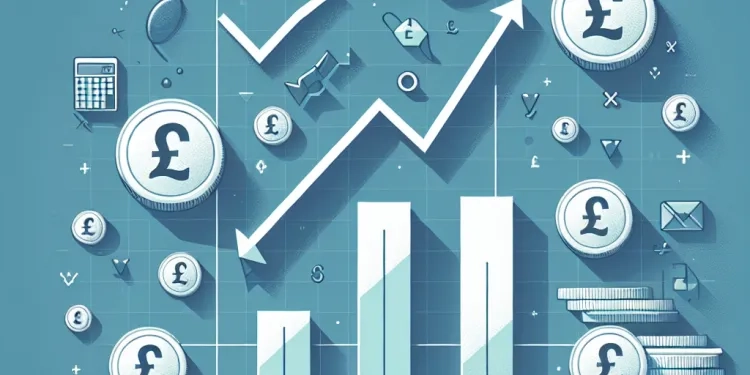
Could there be a reduction in the basic rate of income tax by 2026?
Relevance: 21%
-
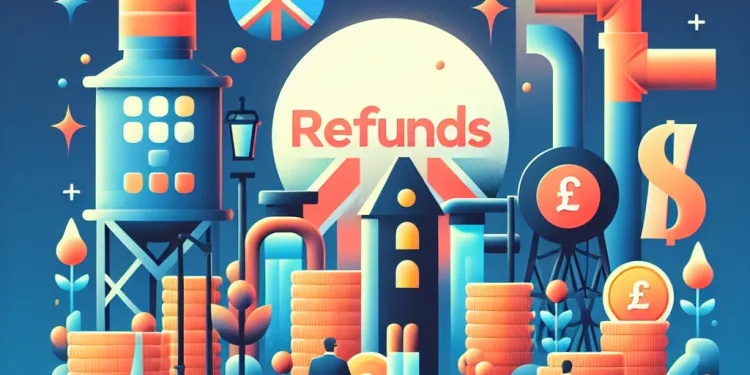
Do these refunds mean water companies have increased their rates fraudulently?
Relevance: 21%
-
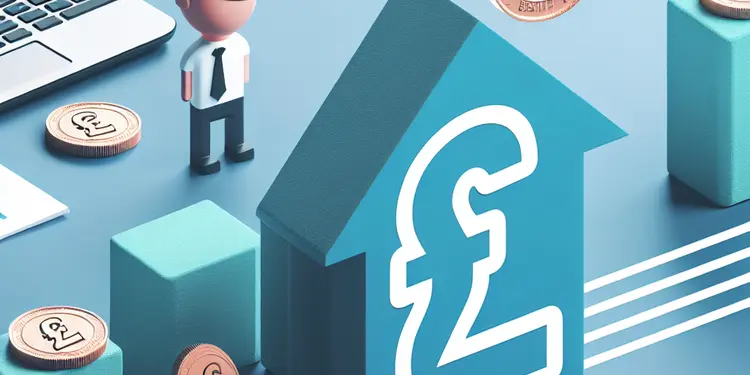
Campaigners Urge Review of Child Benefit Rates in Light of Inflation
Relevance: 21%
-

How soon should I prepare for the 2026 tax changes?
Relevance: 21%
-
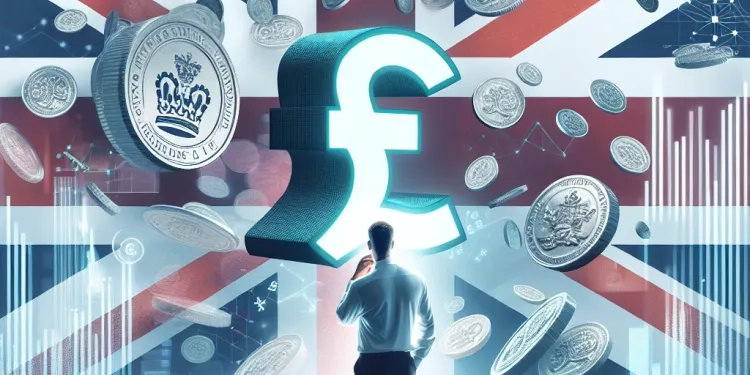
What are the HMRC income tax changes coming into effect in April 2026?
Relevance: 21%
-
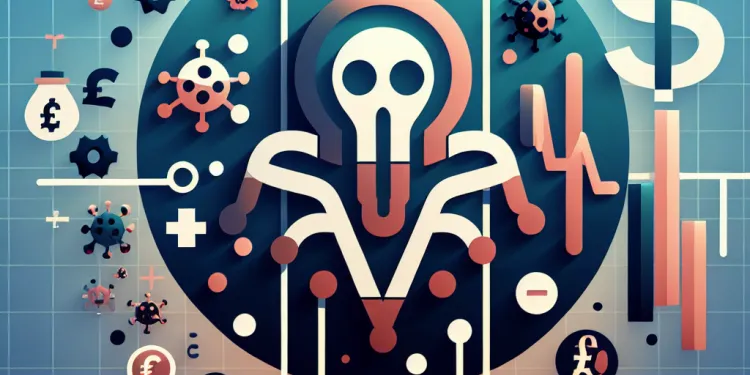
What is the mortality rate of untreated bubonic plague?
Relevance: 21%
What is an SVR?
SVR stands for Standard Variable Rate, a type of interest rate offered by mortgage lenders in the UK. It is the default interest rate that lenders typically transfer borrowers to once an initial fixed, tracker, or discount period of their mortgage agreement has ended. Unlike fixed rates, which remain the same throughout the agreed term, the SVR can fluctuate over time, impacting how much you pay each month on your mortgage.
How is the SVR Determined?
The SVR is set individually by each lender and is often influenced by the Bank of England's base rate but not directly tied to it. Lenders will adjust their SVR based on several factors, including their own business strategies, market competition, and economic conditions. This means that while a change in the base rate might lead to a change in the SVR, it does not automatically do so, and lenders may choose to pass on only a portion of a base rate change to customers.
Impact of Interest Rate Changes on SVR
When the Bank of England changes its base rate, lenders often review and possibly adjust their SVR to reflect these changes. If the base rate increases, lenders may raise their SVR to cover higher borrowing costs. Conversely, if the base rate decreases, lenders might lower their SVR to remain competitive. However, the exact timing and degree of any change to the SVR is at the lender's discretion, which can vary from one institution to another.
SVR vs Other Mortgage Rates
While the SVR provides flexibility since borrowers can typically overpay or switch mortgage products without incurring penalties, it is generally less predictable and often higher than initial fixed or tracker rates. Many mortgage holders look to remortgage to a better deal once their initial rate ends, avoiding the potentially higher costs of the SVR. This is particularly important in times of rising base rates, where the SVR is likely to move upwards, increasing monthly repayments for borrowers.
Considerations for Borrowers
It's essential for borrowers to understand how the SVR works and how it could affect their financial situation. Staying informed about interest rate trends and considering remortgaging options can help manage costs effectively. Lenders usually inform borrowers before transferring them to an SVR, providing a window to negotiate or switch to a more favorable mortgage product. By carefully evaluating their options, borrowers can make informed decisions that best suit their financial needs and protect against unfavorable rate changes.
What is an SVR?
SVR means Standard Variable Rate. It is a type of interest rate for home loans in the UK. When your fixed rate or special deal ends, your loan might switch to this rate. The SVR can change, so your monthly payment might go up or down.
How is the SVR Determined?
Each bank or lender decides their own SVR. It may be influenced by the Bank of England's main rate, but they also consider other things like their business needs and market conditions. The SVR might change when the main rate changes, but not always, and the changes are up to the lenders.
Impact of Interest Rate Changes on SVR
When the Bank of England changes its main rate, lenders might change their SVR too. If the main rate goes up, the SVR might go up, making your payments bigger. If the main rate goes down, the SVR might go down. Each lender decides when and how much to change the SVR.
SVR vs Other Mortgage Rates
The SVR is flexible. You can often pay more or change your loan without extra costs. But SVR can be more expensive and less predictable. Many people switch to a better deal when their initial rate ends to save money, especially if interest rates are going up.
Considerations for Borrowers
It's important to know how the SVR works because it affects money you pay. Keep an eye on interest rates and think about changing your loan if needed. Lenders usually tell you before switching to an SVR, giving you time to find a better deal. Check your choices to make the best decision for your finances.
Frequently Asked Questions
What is an SVR?
SVR stands for Standard Variable Rate. It is a type of interest rate charged by lenders that can vary over time based on changes in underlying interest rates or the lender's discretion.
How is the SVR determined?
The SVR is determined by the lender and can be influenced by the Bank of England's base rate, financial market conditions, and the lender's business strategy.
How does an SVR relate to interest rate changes?
An SVR may increase or decrease in response to changes in the Bank of England's base rate or other economic factors. However, it is not directly tied to any specific index and can change at the lender's discretion.
Can the SVR change at any time?
Yes, lenders can change their SVR at any time, although changes are often influenced by shifts in the baseline interest rates or broader market conditions.
Is an SVR fixed or variable?
An SVR is a variable interest rate, meaning it can fluctuate over time as determined by the lender.
What impacts the decision to change an SVR?
Factors influencing an SVR change can include the base rate set by the central bank, inflation, the lender's operating costs, and competitive pressures.
How often do SVRs change?
There is no set schedule for SVR changes; they occur at the lender's discretion and can be frequent or infrequent depending on economic conditions.
Can I negotiate my SVR with my lender?
Generally, SVRs are set by the lender and are not typically negotiable. However, you can sometimes negotiate your mortgage terms or look for fixed-rate alternatives.
What happens to my mortgage payments if the SVR increases?
If your mortgage is on an SVR and the rate increases, your monthly payments will likely increase as well.
Are SVRs linked to the Bank of England's base rate?
While SVRs often reflect changes in the Bank of England's base rate, they are not directly linked. Lenders may choose to adjust their SVR independently of base rate changes.
Why would a lender increase their SVR?
Lenders may increase their SVR in response to increases in the base rate, increased operating costs, or to align with market competition.
What is the difference between an SVR and a tracker rate?
A tracker rate follows the base rate set by the Bank of England plus a fixed margin. Unlike the SVR, it directly tracks the base rate without discretion.
How does an SVR affect my mortgage interest payments?
When the SVR increases, the interest you pay on your mortgage also increases, resulting in higher monthly payments.
Can an SVR decrease?
Yes, an SVR can decrease if the lender decides to lower it, often in response to a decrease in the base rate or changes in market conditions.
Is an SVR the same across all lenders?
No, each lender sets their own SVR, so rates can vary widely between different financial institutions.
Can my SVR mortgage be switched to a fixed-rate mortgage?
Yes, subject to eligibility and lender approval, you may be able to switch from an SVR mortgage to a fixed-rate mortgage, possibly with a different lender.
Do all mortgages move to an SVR at some point?
Many fixed-rate or initial period mortgages move to the lender's SVR after the initial term ends, unless you remortgage or switch to another product.
What are the advantages of an SVR?
An SVR can be beneficial if rates fall and your rate decreases as well. It may also offer flexibility without early repayment charges typical of fixed-rate deals.
What are the disadvantages of an SVR?
The main disadvantage is uncertainty, as your payments could increase at any time. There is also often no cap on how high the rate can go.
How can I protect myself from SVR increases?
Consider remortgaging to a fixed-rate deal or keeping an emergency fund that can cover potential increases in your payments.
What is an SVR?
An SVR is something called a Standard Variable Rate.
This is a type of interest rate that banks use.
It can change at different times. This means your payments might go up or down.
If you find this hard, you can ask an adult for help.
You can use a calculator to help you understand money better.
SVR means Standard Variable Rate. It is a type of interest rate that can change. This rate is set by banks or lenders. They can change the rate if other interest rates go up or down, or if they decide to.
How do we figure out the SVR?
The SVR, or Standard Variable Rate, is a number that the bank or lender decides. This number can change because of three things:
- What the Bank of England's base rate is.
- How the money market is doing.
- What the lender's plans are for their business.
Here are some tips to help understand these changes:
- Ask the bank or lender to explain any numbers you don't understand.
- Use a calculator to see how changes might affect what you pay.
What happens to an SVR when interest rates change?
SVR means Standard Variable Rate. It is the interest rate set by a bank or lender.
When the main interest rates go up or down, SVR might change too. This can affect how much money you pay back on a loan or mortgage.
To help understand more, you can:
- Ask someone you trust to explain.
- Use simple apps that explain money and loans.
- Watch videos made for kids about money and interest rates.
A Standard Variable Rate (SVR) is a type of interest rate that can go up or down. It might change because the Bank of England changes its main interest rate or because of other money reasons. But the SVR is not linked directly to a specific number. The bank can change it whenever they want.
Can the SVR change at any time?
Yes, the SVR can change. It might go up or down. It is important to check it often.
To help understand changes:
- Use a calendar to mark when you should check the SVR.
- Ask someone you trust to explain what SVR means.
- Use an app or tool to get updates on SVR changes.
Yes, banks can change their SVR (Standard Variable Rate) whenever they want. They often do this if the basic interest rates or the economy changes.
Does an SVR stay the same or change?
An SVR is a type of interest rate. It can go up and down. The bank or lender decides how it changes.
What makes the SVR change?
Things that can make an SVR change are:
- The base rate set by the central bank. This is the main interest rate in a country.
- Inflation. This is when prices of things go up over time.
- The lender's operating costs. This means how much it costs the bank or lender to do their work.
- Competitive pressures. This means how much other banks or lenders are trying to get your business.
Here are some tools and tips to help understand:
- Ask someone to read with you and explain tricky words.
- Use a dictionary to look up new words.
- Take notes of important points to help remember them.
How often do SVRs change?
SVRs are numbers used by banks for loans. They can change. This means the bank can ask you to pay more or less money. Banks check their numbers often. They can change their numbers. Ask your bank how often they change.
If you want to know when they change, you can ask someone for help. You can also use online tools and apps to help you understand.
Lenders can change the SVR whenever they want. There is no fixed time for these changes. It can happen often or not very often. It depends on how the economy is doing.
If you find reading hard, you can ask someone to read with you. You can also use reading tools or apps that read text aloud. Listening can make it easier to understand information.
Can I talk to my bank about changing my SVR?
The lender usually decides the SVRs, and you can't often change them. But, you can try talking to your lender about changing your mortgage or look for loans with a fixed rate.
It might help to use a tool like a mortgage calculator online to see how different rates affect your payments.
What happens to my mortgage payments if the SVR goes up?
If the SVR, or Standard Variable Rate, goes up, your mortgage payments might be higher.
Here is how it works:
- The bank decides to change the SVR.
- If the SVR goes up, your payments can go up too.
- You might need to pay more money each month.
Here are some things that can help:
- Use a calculator to see how your payments might change.
- Ask someone to explain it to you if it is confusing.
- Check online tools that help with mortgages.
If your home loan has a rate that can change, and it goes up, you will probably have to pay more each month.
Do SVRs Change When the Bank of England's Base Rate Changes?
SVRs can change when the Bank of England changes its base rate. But SVRs are not always the same as the base rate. The people who lend money can decide to change SVR on their own.
Why does a bank make their SVR higher?
Banks might make the SVR higher to get more money. They do this to cover costs or because things are more expensive. When SVR goes up, you might pay more on your loan.
It helps to use a calculator to see what new payments might be. Asking a friend to help you understand can be good too.
Banks might make their interest rate go up for a few reasons. They might do this if the main rate goes up, if it costs them more to run their business, or if other banks are charging more too.
How are SVR and tracker rate different?
SVR and tracker rate are ways banks charge money when you borrow.
An SVR is a rate set by the bank. It can change but does not follow other rates.
A tracker rate follows the Bank of England rate. If this changes, your rate changes too.
To understand better, ask a friend, use pictures, or find videos.
A tracker rate is a type of interest rate. It moves along with the Bank of England's base rate. The tracker rate adds a set extra amount to the base rate. This is different from the SVR, because it always follows the base rate exactly, without any changes.
What is an SVR and how does it change my mortgage payments?
When the SVR goes up, you have to pay more interest on your home loan. This means you have to pay more money every month.
Can an SVR go down?
Yes, the bank can make the SVR go down. This might happen if they choose to lower it because the base rate goes down or the market changes.
Do all banks have the same SVR?
SVR stands for Standard Variable Rate. It is a kind of interest rate for loans. Different banks can have different SVRs. This means one bank's SVR might be higher or lower than another bank's.
To help you understand SVRs better, you can ask someone you trust to explain. You can also use tools like videos or apps that make learning about money easier.
No, each bank or building society has its own SVR. This means the rates can be different from one place to another.
Can I change my SVR mortgage to a fixed-rate mortgage?
A mortgage is money you borrow from a bank to buy a home. An SVR mortgage means Standard Variable Rate, where the bank can change the interest. A fixed-rate mortgage has the same interest all the time.
Yes, you can change from an SVR mortgage to a fixed-rate one.
Here are some steps to help you:
- Talk to your bank or mortgage adviser. They can help you decide if changing is good for you.
- Find out if there are any fees for changing.
- Use online calculators to see how much you could save.
- Ask someone you trust to help you read the terms.
These steps can make it easier to understand your mortgage choices.
Yes, if you qualify and the lender agrees, you might be able to change from a SVR mortgage to a fixed-rate mortgage. You might even choose a different lender.
Do all home loans change to a Standard Variable Rate?
When you have a home loan, it might start with a low rate. This rate is called a 'fixed' rate or a 'tracker' rate. After some time, this rate can change. It usually changes to a new rate called the Standard Variable Rate (SVR).
Not all home loans will automatically move to an SVR. But many do after the first rate ends. This is because the first rate only lasts for a set time, like two or five years.
Here are some tips to help you understand and manage your home loan:
- Ask your bank or lender to explain the rates.
- Use a calculator to see how the SVR will change your payments.
- Talk to a money adviser if you're unsure.
It's important to check what your home loan says. This helps you know when the rate might change.
When the time runs out on your fixed-rate mortgage, it usually changes to the lender's SVR. This can make your payments go up. To keep costs down, you can think about getting a new deal or changing your mortgage.
What is good about an SVR?
A Standard Variable Rate (SVR) can be good if interest rates go down. This means you might pay less money. It can also be flexible, which means you can pay it off early without paying extra fees.
What are the downsides of an SVR?
SVR (Standard Variable Rate) is a type of loan. Here are some downsides:
- The interest rate can change. This means your payments can go up or down.
- You might end up paying more money over time compared to fixed rates.
- If rates go high, it can cost you a lot more.
Here are some tips to help you:
- Ask an adult or someone you trust to explain things.
- Use a calculator to see how changes in rates affect payments.
- Look for online videos or tools that explain loans simply.
The biggest problem is not knowing what will happen. Your payments could go up suddenly. There is usually no limit on how high the payments can be.
How can I keep safe if SVR goes up?
If SVR goes up, it means you might have to pay more money. SVR stands for Standard Variable Rate. This is a type of interest rate for loans or mortgages.
Here are some tips to help you:
- Talk to your bank. Ask them how much you might have to pay if the rate goes up.
- Think about saving some extra money just in case.
- Look at other loans or mortgages that have better deals.
- Ask someone you trust for help. This could be a friend or a family member.
Tools that might help:
- A calculator to work out how much you might pay.
- Sticky notes to remind you of important things.
- A calendar to mark important dates.
Think about changing your mortgage to one with a fixed rate. This means your payments will stay the same. You can also keep some extra money saved up. This will help you if your payments go up.
Useful Links
- Ergsy carfully checks the information in the videos we provide here.
- Videos shown by Youtube after a video has completed, have NOT been reviewed by ERGSY.
- To view, click the arrow in centre of video.
- Most of the videos you find here will have subtitles and/or closed captions available.
- You may need to turn these on, and choose your preferred language.
- Go to the video you'd like to watch.
- If closed captions (CC) are available, settings will be visible on the bottom right of the video player.
- To turn on Captions, click settings .
- To turn off Captions, click settings again.
More Items From Ergsy search
-

What is an SVR and how does it relate to interest rate changes?
Relevance: 100%
-

How do interest rate changes affect my mortgage payments?
Relevance: 66%
-

Will my fixed-rate mortgage payments change with interest rate fluctuations?
Relevance: 65%
-

Can my lender change my interest rate without notification?
Relevance: 64%
-

Are first-time buyers affected differently by interest rate changes?
Relevance: 56%
-

How do economic conditions influence interest rate changes?
Relevance: 56%
-

Major Banks Announce Changes in Interest Rates: Are You Affected?
Relevance: 55%
-

What happens to my monthly payments if interest rates rise?
Relevance: 55%
-

What is a tracker mortgage and how does it respond to interest rate changes?
Relevance: 51%
-

Why do interest rates rise and fall?
Relevance: 50%
-

How does interest rate affect my car finance agreement?
Relevance: 44%
-

How can I protect myself from rising interest rates?
Relevance: 43%
-

Is it possible to switch my mortgage type if interest rates become unfavourable?
Relevance: 42%
-

How often do interest rates change?
Relevance: 39%
-

What should I do if I can't afford my mortgage payments due to rising interest rates?
Relevance: 38%
-

How often do wage rates change in the UK?
Relevance: 36%
-

Is there a change in National Insurance rates for 2026?
Relevance: 36%
-

Will there be a change in the additional rate threshold in April 2026?
Relevance: 34%
-

How do interest rate changes affect my mortgage balance?
Relevance: 33%
-

If I overpay on my mortgage, how will interest rate changes affect this?
Relevance: 33%
-

What is an 'interest only' mortgage?
Relevance: 30%
-

Are there implications for student loan repayments with 2026 changes?
Relevance: 28%
-

Product Transfer Rate Switch vs Remortgage What's Best
Relevance: 26%
-

Registration of Interest Form | UK Adoption Journey
Relevance: 25%
-

Are there different rates of Stamp Duty in the UK?
Relevance: 25%
-

What is a realistic rate of return for an investment ISA?
Relevance: 25%
-

What are the success rates of Paillon treatment?
Relevance: 24%
-

Are there expected changes to capital gains tax in 2026?
Relevance: 24%
-

What is the survival rate for testicular cancer?
Relevance: 24%
-

Interest Rate Hike: Bank of England's Response to Persisting Inflation
Relevance: 23%
-

Do insurance rates increase for drivers over 70?
Relevance: 23%
-

What is the survival rate for bowel cancer?
Relevance: 22%
-

What is the mortality rate of Nipah Virus infection?
Relevance: 22%
-

Why do energy companies charge different rates for their electricity?
Relevance: 21%
-

Could there be a reduction in the basic rate of income tax by 2026?
Relevance: 21%
-

Do these refunds mean water companies have increased their rates fraudulently?
Relevance: 21%
-

Campaigners Urge Review of Child Benefit Rates in Light of Inflation
Relevance: 21%
-

How soon should I prepare for the 2026 tax changes?
Relevance: 21%
-

What are the HMRC income tax changes coming into effect in April 2026?
Relevance: 21%
-

What is the mortality rate of untreated bubonic plague?
Relevance: 21%


